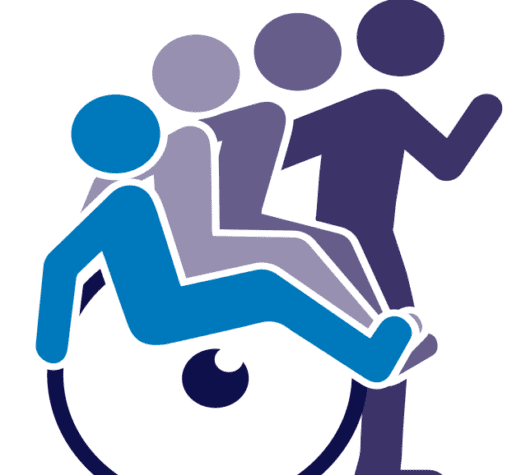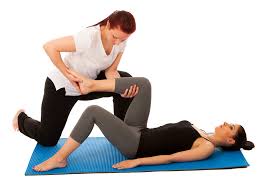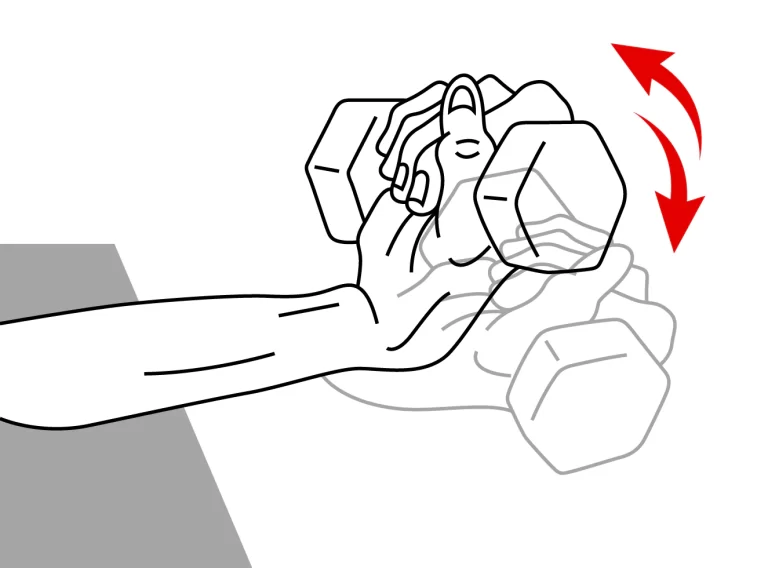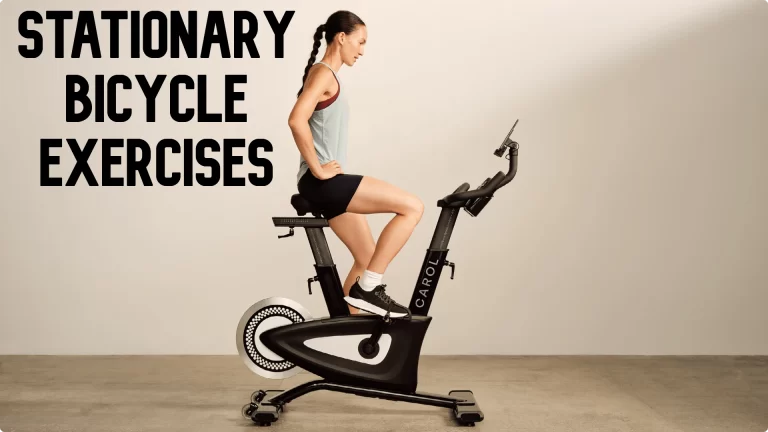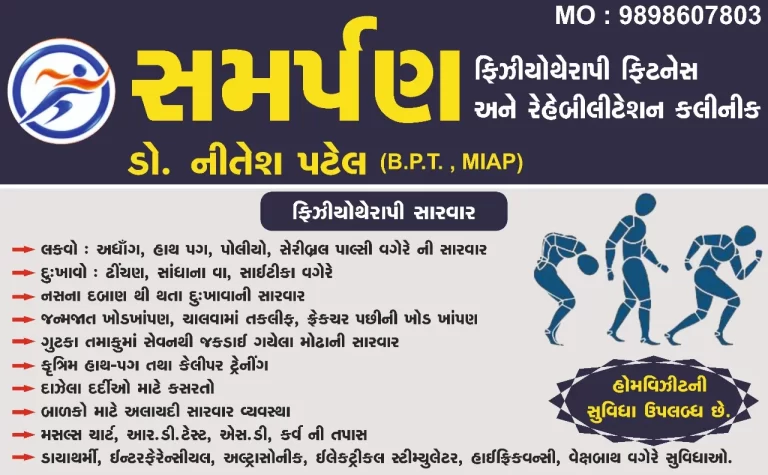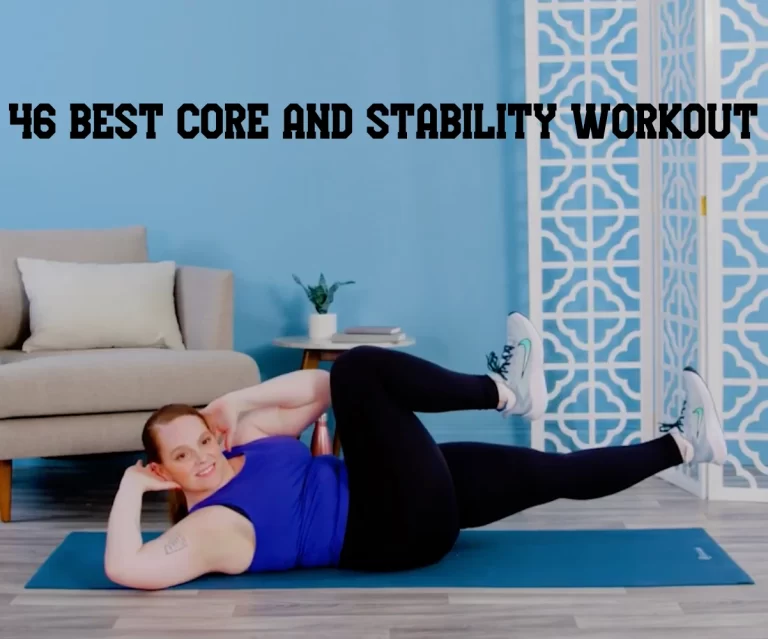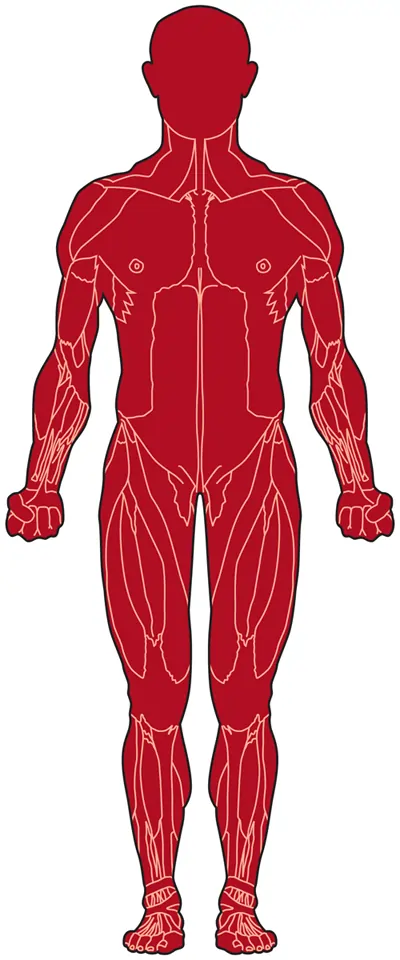Physical Therapy for Lower Back Pain
Table of Contents
Introduction:
One of the most prevalent health issues impacting individuals of all ages is lower back pain, which is frequently caused by sedentary lifestyles, bad posture, strained muscles, or underlying medical diseases.
One of the best non-invasive methods for reducing pain, regaining mobility, and avoiding further injuries is physical therapy. Physical therapy helps strengthen the back and core muscles, increase flexibility, and encourage healthy movement through focused exercises, manual treatment, and posture correction procedures. It is a safe and long-term treatment for lower back pain since it targets the underlying cause in addition to the symptoms.
Benefits of Physical Therapy for Lower Back Pain:
- Pain Reduction: Physical therapy helps people feel less pain without using a lot of drugs by using manual methods, stretches, and exercises.
- Increased Mobility: It simplifies daily tasks by restoring the spine’s and the surrounding muscles’ flexibility and range of motion.
- Strengthening Core and Back Muscles: Specific workouts increase the strength of the muscles that support the lower back.
- Posture Correction: To stop recurring pain caused by bad posture, therapists instruct patients in appropriate alignment and movement patterns.
- Injury Prevention: Training for stability and strength reduces the chance of developing back pain or flare-ups in the future.
- Personalized Care: To ensure a safe and successful recovery, therapy is customized to each patient’s needs and condition.
- Preventing Surgery: Regular physical therapy can often help control symptoms and postpone or eliminate the need for surgery.
Physical Therapy for Lower Back Pain Video:
Physical Therapy for Lower Back Pain:
Knee to Chest Stretch:
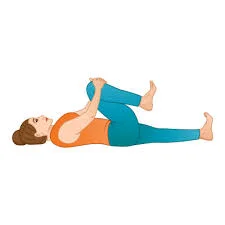
A mild yet very powerful exercise for reducing lower back pain and stiffness is the knee-to-chest stretch. This stretch helps lengthen the lower spine, alleviate tense muscles, and relieve lumbar tension by having you lie on your back and draw one or both knees toward your chest.
Additionally, it increases hip and gluteal flexibility, which eases lower back strain and encourages improved posture. This easy exercise is a great complement to any physical treatment or regular stretching regimen since it improves blood flow to the lower spine and can offer instant calming relief.
Cat-Cow Stretch:
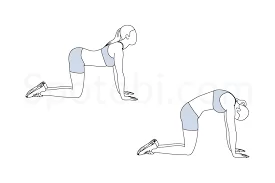
The cat-cow stretch is a straightforward yet effective technique that releases tension in the lower back and gently mobilizes the spine. It is done on hands and knees and alternates between sinking the belly downward while raising the head and tailbone (cow position) and arching the back upward (cat pose).
This repetitive movement increases circulation to the back muscles, decreases stiffness, and increases spinal flexibility. It’s a great stretch for lower back pain and spinal health since it also helps release tension, improve posture, and warm the spine for other physical activities.
Bird Dog Exercises:
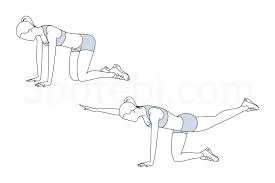
An excellent core-strengthening exercise that works the lower back, abdominals, and glutes while enhancing stability and balance is the bird dog. It is performed on hands and knees, with one arm extended forward and the opposing leg extended backward in a straight line. The beginning posture is then gradually returned.
By using the deep core muscles that support the spine, this controlled motion helps to lessen lower back strain and avoid injuries. The bird dog is a useful exercise for physical therapy and long-term back health since it also encourages good posture, improves coordination, and increases general body stability.
Bridge Pose:
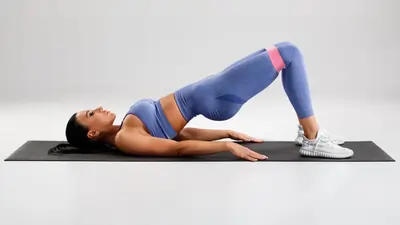
The bridge position is a potent exercise that stretches the hip flexors, spine, and chest while strengthening the lower back, glutes, and core. This posture, which is done while lying on your back with your legs bent and your hips raised toward the ceiling, helps to stabilize your spine and ease strain on your lower back.
It promotes healthy pelvic alignment and counteracts the negative effects of extended sitting to enhance posture. The bridge posture is a great complement to physical therapy exercises for reducing lower back pain and enhancing spinal health since it also improves circulation, spinal flexibility, and relaxation.
Superman Exercises:
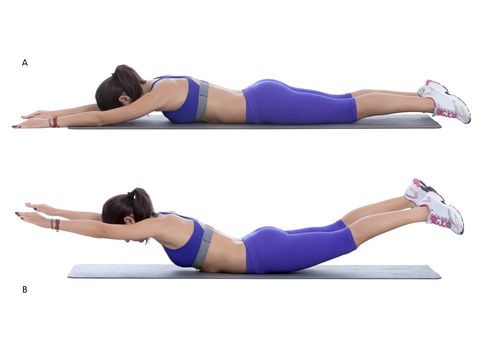
The Superman exercise is a great bodyweight exercise that increases spinal stability and improves the core, glutes, and lower back. It involves lying face down with your arms outstretched above and simultaneously raising your arms, chest, and legs off the ground. You hold this position for a short time before lowering yourself back down.
This deliberate movement engages the erector spinae muscles, which support the spine, and simulates a “flying” position. The exercise improves posture, strengthens the core generally, and lessens lower back pain. The Superman exercise is very helpful for increasing back muscular endurance and avoiding further pain or injuries since it targets the posterior chain.
Hip Extension:

An essential exercise for strengthening the glutes, hamstrings, and lower back muscles—all of which are crucial for supporting the spine—is hip extension. Usually, it is done with one leg straight and raised while lying face down, although it can also be done standing or kneeling.
This exercise relieves lower back tension, corrects muscular imbalances caused by extended sitting, and increases hip mobility. Hip extension is a useful exercise for preventing and treating lower back pain because it strengthens the posterior chain, which improves stability, posture, and general core strength in addition to relieving current pain.
Child’s Pose:
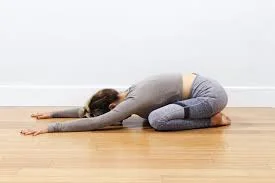
The child’s pose stretch is a mild, healing technique that encourages deep relaxation and helps to relax the hips, lower back, and spine. This posture, which involves kneeling on the floor, sitting back on the heels, and stretching the arms forward with the forehead resting on the floor, relieves tension in the lower back muscles and produces a calming stretch throughout the spine.
In addition to alleviating back pain, it also helps to reduce stress since it relaxes the nervous system, increases flexibility, and gently expands the hips. The child’s position is frequently suggested in physical therapy to relieve lower back pain and restore mobility since it is simple to execute and low-impact.
Glute Stretch:
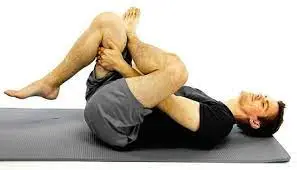
Targeting the gluteal muscles, which frequently get tense and contribute to lower back pain, the glute stretch is an easy yet powerful exercise. This stretch, which is done while lying on your back, reduces tension in the hips and glutes by gently drawing the lower leg toward the chest after crossing one ankle over the opposing knee.
Hip mobility is increased, posture is improved, and lower back tension is lessened by relaxing these muscles. The glute stretch is a crucial component of physical therapy for the treatment of lower back pain since it may reduce stiffness, improve flexibility, and promote overall spinal health when performed regularly.
Cobra Stretch:
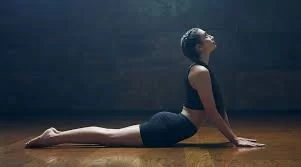
An excellent exercise for reducing lower back stiffness and increasing spinal flexibility is the cobra stretch. This stretch, which is done while lying face down, works the muscles in the lower back, abdomen, and shoulders by gently raising the chest off the floor while maintaining a grounded hip position.
It counteracts the consequences of extended sitting or bad posture, lengthens the spine, and opens up the chest. The cobra stretch is a crucial part of physical therapy for lower back pain since it not only eases lumbar tension and pain but also strengthens supporting muscles, encourages improved posture, and increases general mobility.
Conclusion:
A safe and effective method for treating and avoiding lower back pain is physical therapy. It not only eases pain but also deals with the root causes of pain by using posture correction techniques, strengthening exercises, and targeted stretches.
Frequent use of these exercises increases mobility, develops the back and core muscles, increases spinal flexibility, and supports long-term spinal health. People can restore functional movement, avoid further injuries, and live healthier lives with less back pain by incorporating physical therapy into their everyday activities.
FAQs
No, sleeping on your back without a pillow is typically not advised since it may cause your head to lean backward, which might result in spinal misalignment, neck strain, and pain. For back sleepers, a cushion is essential for maintaining good spinal alignment and supporting the neck’s natural curvature. To find the ideal sleep support for your requirements, it’s essential to speak with a doctor if you have certain spinal problems.
Physical therapists try to identify the cause of the pain and divide treatment into both short-term and long-term objectives. With massage, it’s not always a rapid remedy. Although massage is frequently a highly helpful tool for pain management, physical therapists receive different training than masseurs in this area.
Depending on the intensity and your level of consistency, physical therapy treatment might take anywhere from a few weeks to several months on average. Patients often see their physical therapist for ten to twelve sessions, and they continue their exercises after their sessions are over.
Depending on the severity of the condition, underlying causes such as arthritis or herniated discs, your recovery objectives, and your dedication to at-home exercises, the number of physical therapy sessions for back pain varies but generally falls between 3 and 5 for acute pain, 6 to 8 for subacute pain, and 8 to 12 for chronic pain.
Apply cold or heat therapy, take over-the-counter painkillers like ibuprofen or naproxen, and move carefully with mild exercises like walking to quickly ease back pain. To relax your back muscles, try a calming stretch like the Knee-to-Chest stretch. See a doctor if your pain doesn’t go away in a few weeks or if it becomes worse.
To be reimbursed by Medicare for time-based codes, you must treat patients directly for a minimum of eight minutes. In essence, Medicare divides the total minutes of competent, one-on-one therapy by 15 to get the number of billable units for a certain date of service.
Red flags are indicators that a doctor’s referral could be necessary. The presence or absence of eleven red flag items was noted in the retrospective evaluation of clinic data for 160 patients with low back pain who were visited at six outpatient physical therapy clinics.
Non-surgical methods such as physical therapy with targeted stretching and strengthening exercises, anti-inflammatory drugs like NSAIDs, and heat/ice therapy are the first stages in treating L4/L5 back pain. Epidural injections can alleviate chronic pain by decreasing inflammation in the nerves. In extreme situations, surgery or minimally invasive techniques may be undertaken to alleviate pressure on the spinal cord or nerves if conservative measures prove ineffective.
Exercises like the pelvic tilt, bridge, and bird dog are frequently suggested to strengthen the core and enhance spinal stability, but there is no one “best” exercise for all lower back pain; efficacy varies by person and reason. Exercises such as yoga and tai chi can also help with chronic pain, but it’s important to take it slowly and carefully.
In addition to structural issues like herniated or degenerated discs, arthritis, and spinal fractures, lower back pain is sometimes caused by sprains and strains to the muscles and ligaments. Inflammatory disorders, structural difficulties like scoliosis, and occasionally illnesses unrelated to the spine, such as kidney stones or troubles with the stomach organs, are less frequent causes.
In contrast to disc pain, which is more likely to be intense, localized, shooting down the leg, or accompanied by numbness, tingling, or weakening, back pain resulting from a muscle strain typically causes dull, nonspecific soreness that gets better with activity. Examine whether the pain radiates, if it is localized or broad, and whether it is accompanied by neurological symptoms to identify the source. See a doctor right away for a correct diagnosis and treatment if you suffer from numbness, tingling, weakness, or excruciating pain.
You should wear comfortable, loose clothes that are easy to move in or take off when you visit a physical therapist for lower back pain. This makes it possible for the physical therapist to enter the space and conduct a comprehensive assessment.
Although the results of physical therapy for lower back pain might vary greatly, most patients have relief in 4–8 weeks; however, some people heal considerably faster, and others need longer-term treatment. The origin and intensity of the pain, each person’s rate of recovery, and compliance with the recommended at-home exercise regimen all affect how long it takes. To assist you in getting the greatest result, a physical therapist will customize your treatment plan and evaluate your progress regularly.
The McGill Big 3 can appear to be easy workouts at first. Don’t be deceived, though; they are powerful. Every exercise focuses on different back and core muscles, which helps to increase stability and lessen pain.
References:
- Back exercises in 15 minutes a day. (n.d.-f). Mayo Clinic. https://www.mayoclinic.org/healthy-lifestyle/adult-health/in-depth/back-pain/art-20546859
- Facos, R. D. D. P. (2022, October 4). Physical therapy for low back pain relief. Spine-health. https://www.spine-health.com/treatment/physical-therapy/physical-therapy-low-back-pain-relief
- Sfma, K. B. P. D. O. (2024, October 25). Stretches and Exercises for Lower Back Pain, from a PT. Hospital for Special Surgery. https://www.hss.edu/health-library/move-better/exercises-for-lower-back-pain
- Lower back pain. (2025, June 2). Cleveland Clinic. https://my.clevelandclinic.org/health/diseases/7936-lower-back-pain
- 7 ways to treat chronic back pain without surgery. (2025, September 4). Johns Hopkins Medicine. https://www.hopkinsmedicine.org/health/conditions-and-diseases/back-pain/7-ways-to-treat-chronic-back-pain-without-surgery
- Shipton, E. A. (2018). Physical therapy approaches in the treatment of low back pain. Pain and Therapy, 7(2), 127–137. https://doi.org/10.1007/s40122-018-0105-x
- Dpt, J. C. (2025, February 4). 12 best physical therapy (Physiotherapy) exercises for lower back pain Relief – Commons Clinic. Commons Clinic. https://commonsclinic.com/pt-exercises-for-lower-back-pain/
